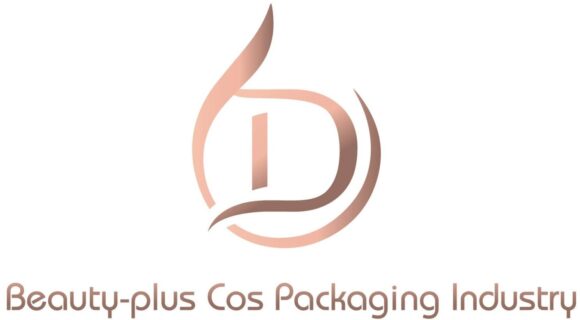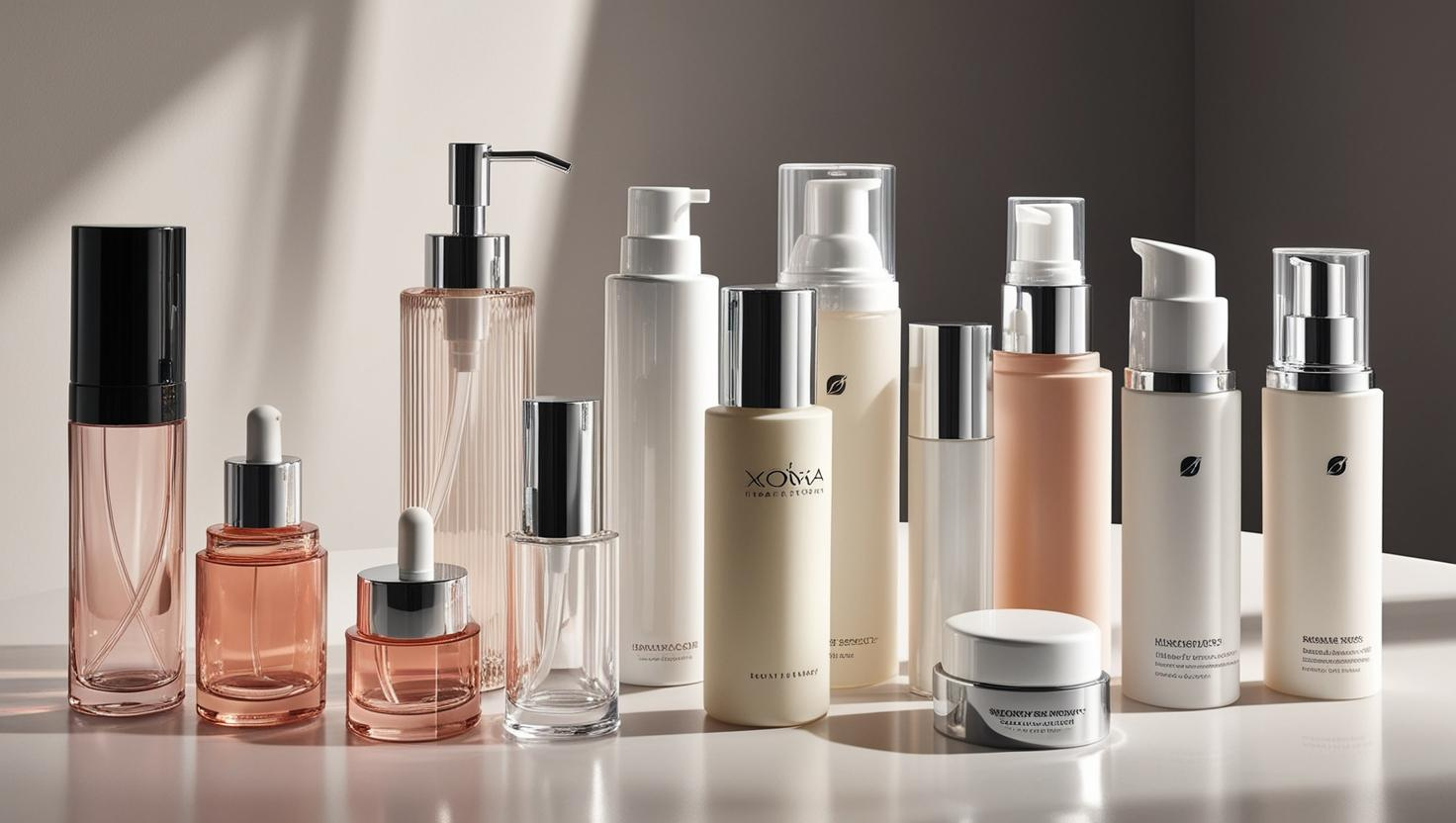
Not all bottles are created equal—especially in the beauty industry.
Cosmetic bottles come in various shapes, materials, and functions, including plastic, glass, and airless options, each designed for specific product needs.1
I used to think a bottle was just a bottle—until I started working with skincare clients who had wildly different packaging requests depending on ingredients, shelf life, and branding.
What Are the Different Types of Plastic Bottles?
Plastic bottles are the most versatile and cost-effective packaging option for cosmetics.
The most common types of plastic bottles include PET, HDPE, LDPE, PP, and acrylic—each offering different levels of flexibility, durability, and barrier properties.2
Common plastic types in cosmetics
| Plastic Type | Full Name | Common Uses |
|---|---|---|
| PET | Polyethylene Terephthalate | Shampoo, toner, gel |
| HDPE | High-Density Polyethylene | Lotion, cleanser, cream |
| LDPE | Low-Density Polyethylene | Squeeze tubes, soft bottles |
| PP | Polypropylene | Caps, jars, pump dispensers |
| Acrylic | PMMA | Luxury cream jars, serum bottles |
What Type of Bottles Are Best?
It depends on the product and the user experience.
Airless bottles are often considered best for cosmetics with sensitive formulas, while PET or HDPE bottles are great for mass-market items.3
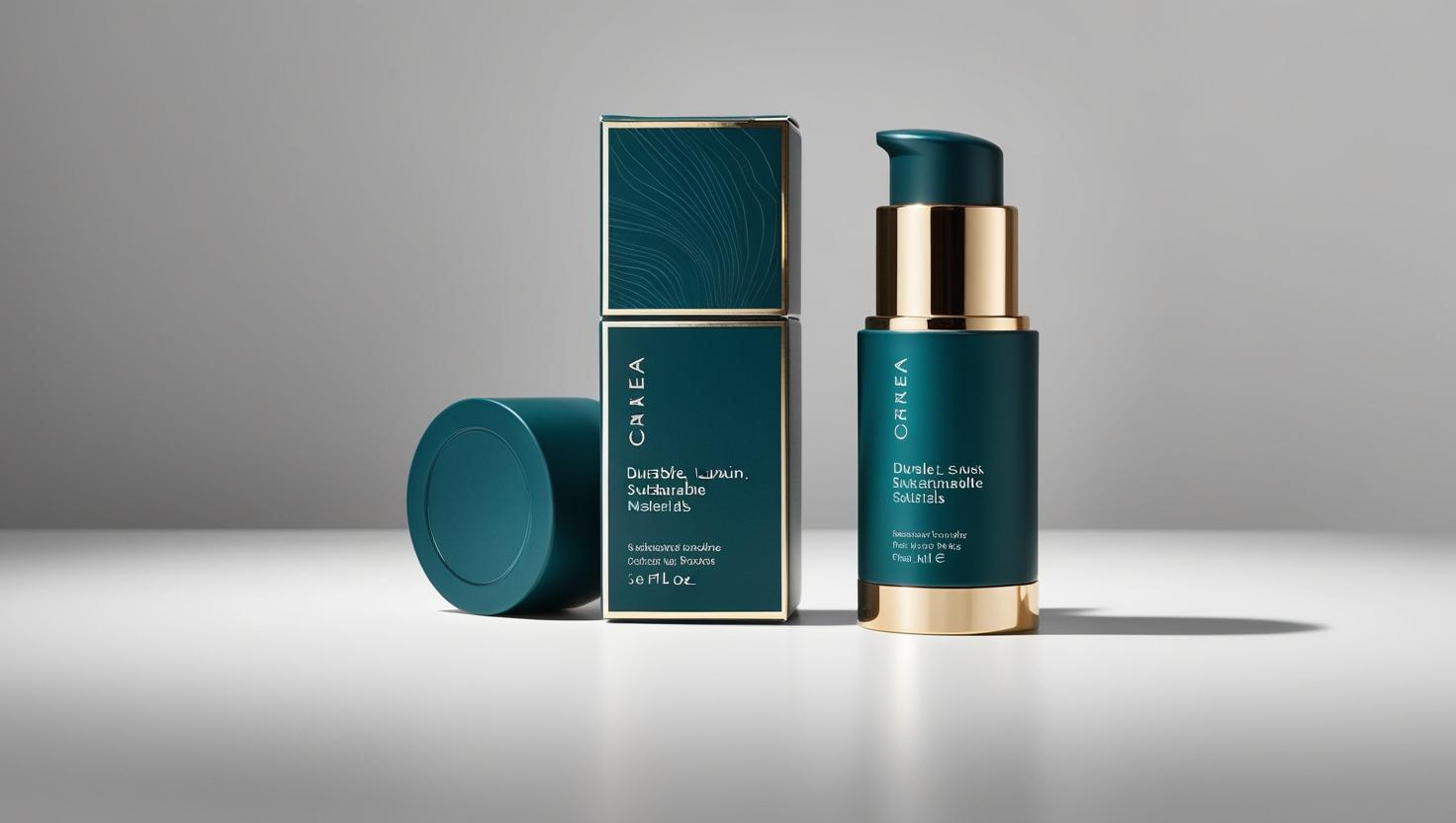
Bottle selection by product type
- For serums: Airless pump or glass dropper
- For lotions: HDPE or PET pump bottles
- For oils: Amber glass to block UV
- For travel kits: PP mini bottles or tubes
Which Number of Plastic Bottles Are Safe to Reuse?
Plastic isn’t always reusable—but some numbers are safer than others.
Bottles labeled with 1 (PET) or 2 (HDPE) are generally considered the safest to reuse, while 3 (PVC) and 7 (Other) should be avoided.4
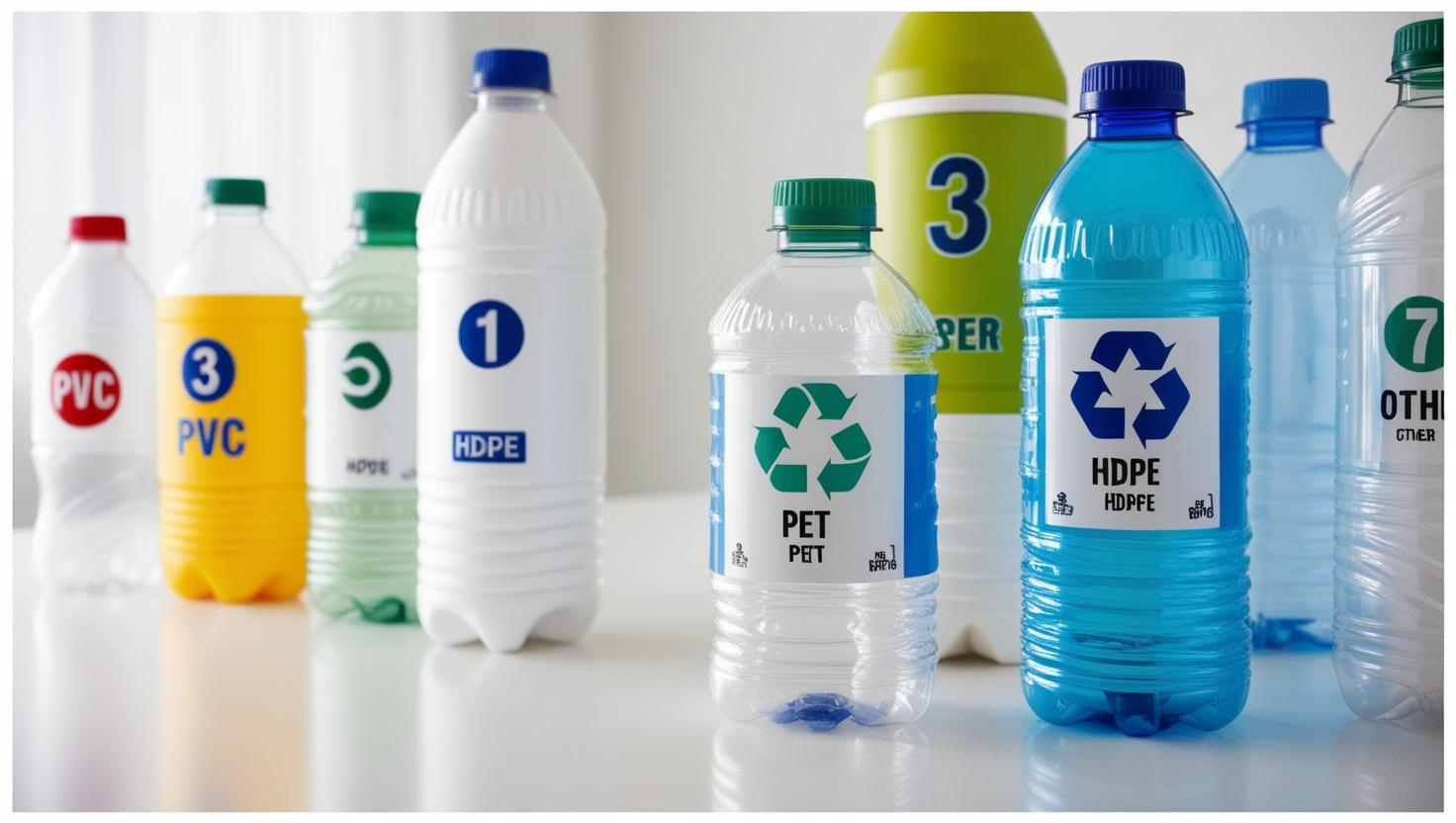
Plastic recycling codes explained
| Code | Material | Safe to Reuse? | Notes |
|---|---|---|---|
| 1 | PET | ✅ Yes | Best for one-time use, can be reused with care |
| 2 | HDPE | ✅ Yes | Durable, widely recycled |
| 3 | PVC | ❌ No | Contains harmful chemicals |
| 5 | PP | ✅ Yes | Stable, often used in food-grade items |
| 7 | Other | ⚠ Depends | Mixed plastics, may leach toxins |
Different Types of Plastic Bottles
It’s not just about shape—it’s about function.
Plastic cosmetic bottles vary by form: cylinder bottles, boston rounds, airless bottles, squeeze bottles, and jars.5
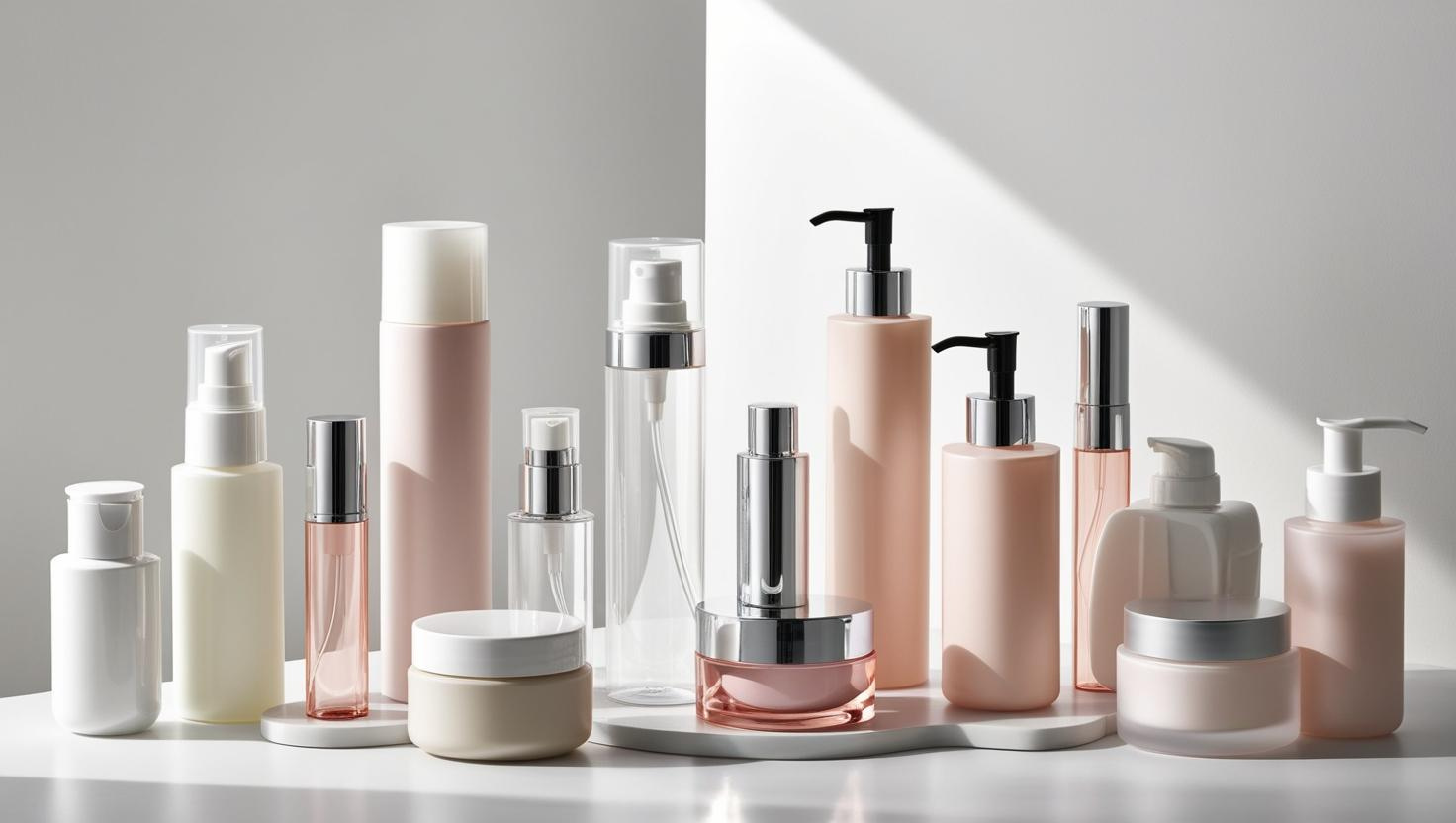
Common forms and functions
- Cylinder bottles – simple, ideal for sprays or toner
- Boston round – classic look, often used in skincare
- Airless pump – prevents oxidation, no dip tube
- Squeeze bottles – easy for gels or creams
- Jars – suitable for thick creams or balms
Comparison Between Different Types of Plastic Bottles
Choose wisely—each bottle type has its pros and cons.
Comparing plastic types helps find the best option based on cost, clarity, safety, and sustainability.
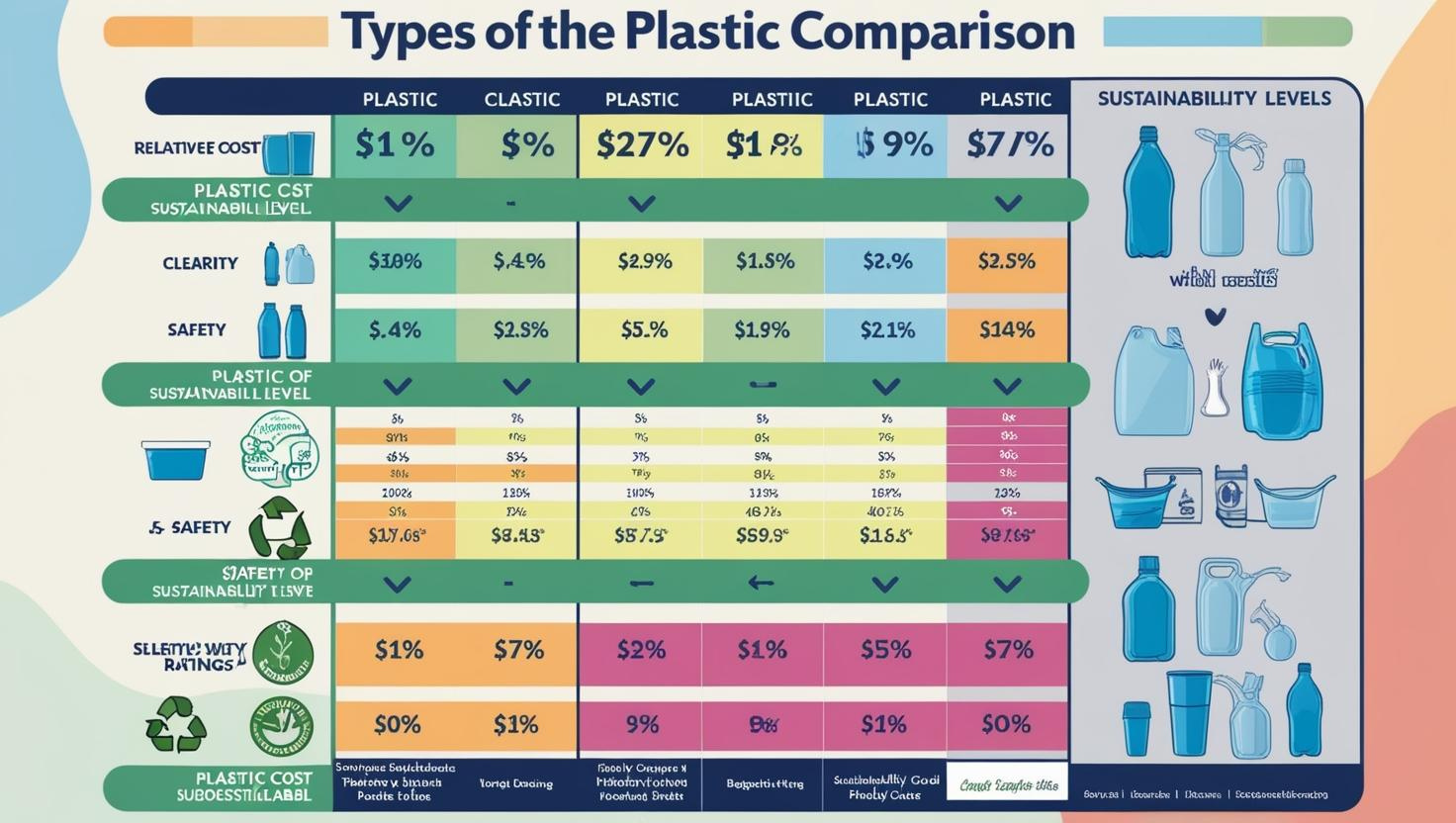
Quick comparison chart
| Type | Clarity | Strength | Reusability | Cost | Common Use |
|---|---|---|---|---|---|
| PET | High | Medium | Moderate | Low | Toners, sprays |
| HDPE | Low | High | High | Low | Lotions, cleansers |
| PP | Medium | Medium | High | Medium | Caps, mini bottles |
| Acrylic | Very High | Low | Low | High | Luxury skincare |
Conclusion
Whether you’re launching a serum or a shampoo, understanding cosmetic bottle types helps you choose the right packaging for protection, branding, and user satisfaction.
-
Learn about the differences between plastic, glass, and airless cosmetic containers and when to use each. ↩
-
Understand the most common plastic types used in cosmetic bottle production. ↩
-
Airless pump bottles offer longer shelf life and protection for sensitive formulations. ↩
-
Some plastic codes are safer to reuse than others—learn which to keep and which to toss. ↩
-
Explore the most common bottle shapes used in the cosmetic industry and their typical applications. ↩
